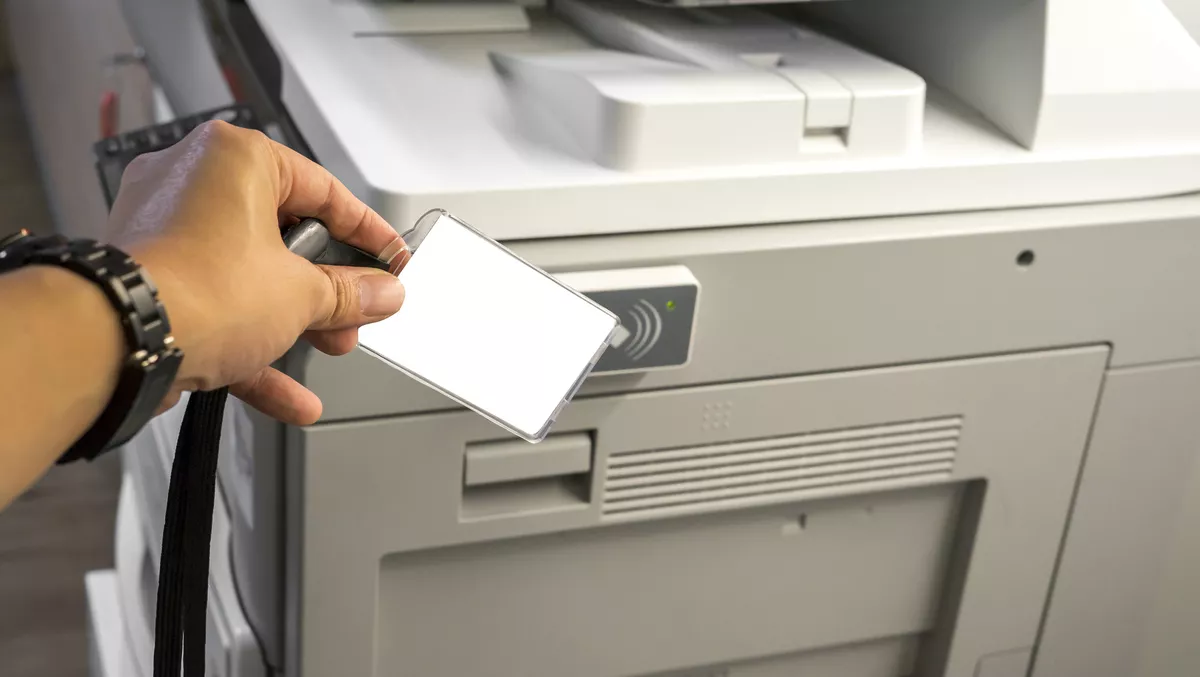
Why printing security plays a vital part in keeping Aotearoa safe
While Kiwis continue to follow the world when it comes to working online, there's still one manual business need that is often still crucial to a successful enterprise. Whether you're an educational institute, a law or accounting firm or even a government agency, printed documents often play a vital role in working operations.
Much has changed since the simpler days of plug-in, pressed and mechanical printing. Printers and print mechanisms are now heavily integrated, with cloud technologies and the internet being significant parts of the process. What could be done via dial-up 12 years ago can now be completed within seconds by clicking a button.
While internet printing, mobile printing and other similar technologies have no doubt made things easier to manage, it has also brought a whole new set of problems to the table. As with all cloud, mobile and internet-based technologies, cybersecurity can be a significant challenge to address, and because of the complexities involved in the printing process it can become even more disruptive.
And history has proven that there are ongoing issues. In 2017, Y Soft conducted a survey which found that while 35% of New Zealand workers were using a mobile device at work for printing, only 50% had adequate security protection or antivirus installed on their mobile devices. A global report from Quocirca in 2016 also found that 61% of respondents had experienced at least one print-related data breach during this period.
The subsequent 2020 report reflected that 83% of IT decision-makers were very concerned about home printing security, proving that there was still a significant concern in both the workplace and at home. The rise in hybrid work situations has also meant that, in a similar fashion to general cybersecurity, printing security has become more complex and involves more risk.
Part of this risk comes from things like inadequate firewall protection, lack of WiFi security and additional problems with file sharing and data protection. Transferring data in any sense can be dangerous, and often printing devices (mobile and computer) and printers themselves don't have the correct security. As the data reflects, often Kiwis are struggling to understand the security complexities involved in mobile and connected printing and therefore are not adequately prepared.
And many businesses globally were not prepared for an ethical hack that showcased just how vulnerable printer systems can be. In 2020, Cybersecurity experts at CyberNews hijacked close to 28,000 unsecured printers worldwide and forced them to print out a guide on printer security. New Zealand printers were among those targeted. This served as a significant wake-up call for printer owners and proved the immediate danger a large-scale hack like this could cause.
So if it's so easy to hack into a printer, what has been done to help protect and inform those who continue to use them on such a regular basis?
HP New Zealand enterprise sales director Mike Jamieson says that the company is aware of the ongoing challenges relating to printer security, and their research has identified there is a definitive drive for change.
"It is encouraging to see there has been an increase in most of the security features that businesses have on their printer in 2021 compared to the 2018," he says.
"The top three printer security features identified include user authentication (49%), automated security monitoring (31%) and encryption of all data passing to and from printers (31%)."
While knowledge of technology is vital, Jamieson also says that human elements play a large part in helping promote printing security.
"Printing security is evolving constantly, and the best thing businesses can do to protect themselves is be proactive, train staff, and make educated choices when it comes to the hardware they buy and use on their network."
And Jamieson also points out that there are legal statutes in Aotearoa that have been put in place to keep Kiwis safe.
"Cyber-crime offences within the Crimes Act 1961 cover installing malware on insecure printers and gaining unauthorised access into a computer system," he says.
"Similarly, the Privacy Act 2020 discusses how organisations have an obligation to store personal information securely online."
Other cyber safety organisations such as CERT also play a role in the broader cyber defence realm, and businesses should proactively take heed of any advice or warning to help bolster security.
"CERT NZ currently forms a key component of New Zealand's Cyber Security Strategy, and the cybersecurity agency provides comprehensive advice on the steps individuals, businesses, and large organisations can take to prevent cyber security incidents," says Jamieson.
"Given this, organisations need to do their due diligence when it comes to storing personal data securely, and taking their online responsibilities seriously, as it is a two-way street."
There are also a variety of new security technologies that have been developed over time, and Jamieson says these can also help prevent serious security threats.
"Across the board, businesses have also improved security access to a printer with the use of smart cards/ PINs; while access to a printer by anyone with access to the company network has dropped," he says.
"Larger businesses are more likely to protect access to printing devices with access cards/ PINs (50%), whereas smaller businesses often provide printer access to anyone in the office (41%). We'd encourage businesses struggling to put in place secure printing practices to consider these factors too."
Jamieson says hardware-enforced endpoint security software is widely available and is designed to help organisations safeguard their devices and people from circling cyber predators. He says technologies like this help add extra layers of security to printing operations and promote better overall practices.
He says that using leading technology that is secure by design and intelligent enough to detect, contain and mitigate threats and their impact, and to recover quickly in the event of a breach, is key.
So, as Kiwis start to enter a new era of printing packed to the brim with advanced technologies, it is still more important than ever to ensure that security, education and care are regarded as top priorities.



